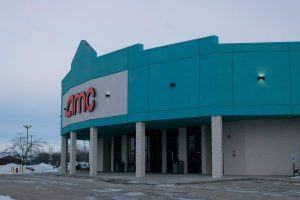Planning for future growth
January 29, 2003
Whether growth is advocated or opposed, the DeKalb Growth Summit committee met as a unit Tuesday night at University Plaza to address escalating concerns.
“This certainly is a historic moment for this community,” DeKalb Mayor Greg Sparrow said.
Sparrow initially asked who wanted zero growth and who wanted unlimited growth. One person of the now 27 summit members supported zero growth while not one member expressed a desire to witness unlimited growth.
“So if we want to grow, how do we want it and how fast,” Sparrow said. “No growth to unlimited growth are the extremes.”
Sparrow suggested polling the community and summit committee members to receive feedback about what numbers constitute an acceptable growth rate.
“If we decide to grow by 20,000 [people] over 20 years, now the school knows how big they have to be,” Sparrow said.
The panel then listened as representatives from DeKalb, Cortland and Malta presented various advantages and disadvantages they are enduring and may endure if they were to grow. Paul Rasmussen, DeKalb’s community development director, was the first to present, conveying various figures and projections in terms of DeKalb growth.
Rasmussen said whether anyone likes it, the United States is growing and is anticipating a 60 million population increase by the year 2020. In the Chicago metropolitan area alone, an eight to nine million population increase is projected with DeKalb seeing an 11.2 percent increase in 10 years.
Sparrow said ideally he’d like to strive to achieve a 50 percent residential population and a 50 percent “other” population, which includes student residents housed on campus.
DeKalb’s current population is comprised of 59 percent residential and 41 percent other. Although NIU residents have little impact on the school district, increase property tax intake and may have a negative impact on the city with policing and traffic congestion, that number could help Sparrow’s projection of the “other” category reaching a 50 percent mark if NIU continues to grow.
Rasmussen said statistics show that 73 percent of all NIU employees live in DeKalb.
Cortland officials relayed to the panel concerns about sanitary capacities. One pipeline is at full capacity while the second is almost. But until Cortland receives proper sewage, they can’t continue building future subdivision plans.
Officials from Malta said problems aren’t sewage capacity so much as water capacity. One official said Malta continues to endure infrastructure problems and an eroded tax base that has contributed to Malta’s population decrease compared to 20 years ago.
Sparrow decided to convene again on Feb. 11 at the City Council Chambers, 200 S. Fourth St., when NIU will present a report on its growth.






